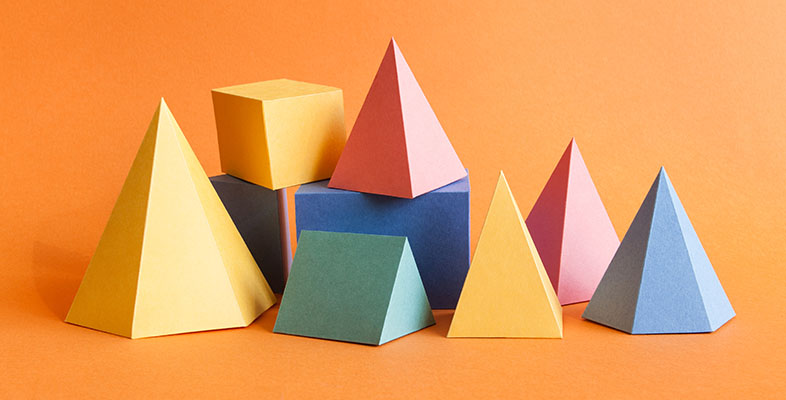1.1 Measuring scales
Quantities of things are measured using measuring tools such as a ruler or a thermometer. These measuring tools may have numerical scales and the quantity is read from the scale.
Measurement scales can be:
- Ordinal scales, when things are put in order, e.g. 1st, 2nd, 3rd.
- Interval scales, such as temperature, where equal differences on the scale represent equal differences in temperature. However, there may be no true zero point. This means it is not possible to say that a temperature which is 40⁰ Fahrenheit is twice the temperature as 20⁰ Fahrenheit.
- Ratio scales, which satisfy the properties of measurement, in that equal intervals of the scale represent equal intervals of what is being measured and there is a non-arbitrary zero. Examples include length, area, volume, angle and age.
Measurements are thought of as being rational numbers (i.e. whole numbers and fractions or decimals) even though they may represent irrational numbers such as the diagonal of a square or the circumference of a circle which involve numbers such as the square root of 2 or π (pi). This links with the idea of approximation in measurement, which will be considered later.
Activity 1 Reflecting on learners’ difficulties with using measures
Have you observed learners using measuring tools such as a ruler or tape measure, weighing scales, a thermometer or clocks?
What problems or misconceptions were evident?
Discussion
Learners may struggle with understanding that measuring (a length, a weight, a time interval, etc.) means dealing with a continuous quantity which starts with zero on the measuring scale, rather than with 1 as in counting. Research evidence indicates that when students measure lengths, they may be applying a poorly understood procedure, rather than focusing on the correspondence between the units on the ruler (seeing it erroneously as a counting device) and the length being measured (Battista, 2006).
Time measurement is given in analogue form (a round-faced clock with the numbers 1 to 12 on the face where the passage of time is analogous to the turning of the hour and minute hands) and digital form (using numbers to indicate hours and minutes passed). Time has a different base (e.g. time uses base 60 and 24) from decimal (base 10).
